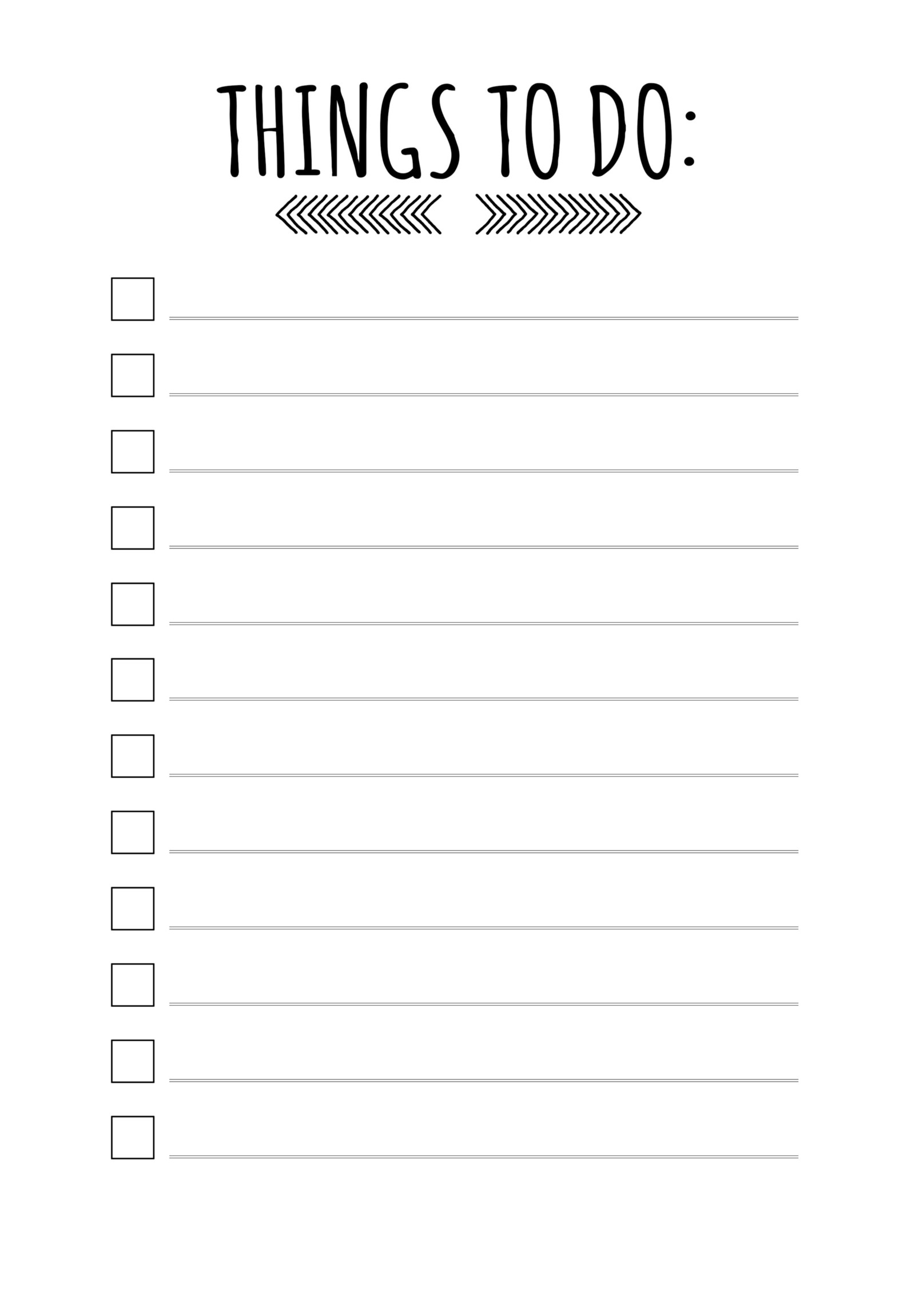Tool Time: Todo Lists and Reminders
This is episode two of tool time. As promised, this one is about todo lists. And the related tool, reminders. As with all these things, it doesn’t matter whether you use electronic or paper forms. What’s important is that you find what works for you. And experience that sense of satisfaction you get from crossing items off a todo list.
There are a plethora of ways of keeping and using todo lists. I know someone* whose desk is plastered with post-it notes, each with a set of related tasks. That’s their way of keeping todo lists. And it works for them. Personally, I go the electronic route. There are many apps out there specifically for todo lists. Todoist, Remember the Milk**, Wunderlist, Microsoft Todo, Google Keep, etc. Last month Eugene brought up one called Momentum that’s a Chrome extension. I happen to use Todoist, but most have plenty of functionality. A quick search on Amazon turned up thousands of todo list notebooks and notepads. What you’re looking for is a system that you’ll actually use and keeps you organized.
Remember how I talked about completely filling your calendars with the various tasks you hope to achieve each day? Think of each task as a waypoint on a journey. Todo lists provide the maps that guide you through those journeys. On your calendar you may have blocked off time to “Run Western blot on protein X”. That could be one of a series of tasks on a todo list titled “Characterize protein X interactions.” You might be working on multiple projects/sub-projects at any given time. Todo lists help keep those organized and moving forward.
In Todoist (and other apps) you can set up “Projects” and associate each task with one (or more). And you can designate specific days the tasks needs to be completed. You can have repeating tasks - I have “Tool time email” scheduled for the second Friday of each month. Most apps let you prioritize tasks - a very important and useful function. One of the nice things about Todoist is it awards you “karma” for each task completed (and subtracts karma for overdue tasks). I know that sounds silly, but there is a psychological boost to seeing your karma build up over time.
Whatever you use, make sure you actually look at your todo lists at the very least daily. In the “Deep Work” book I recommended last month, the author talks about how he checks his todo lists (which are in a notebook if I recall correctly***) at the end of the day so he knows what he’s doing the next day. I look at mine first thing when I get to my office in the morning and again around lunch time.
Okay, reminders. These can be built into calendar and todo apps, as well as be stand alone apps (e.g. Reminders in iOS). These tie in with your use of calendars and todo lists. You may have a beautifully organized set of todo lists and fully blocked out calendar setting aside the time to get tasks done, but those don’t do you much good if you lose track of time. Reminders can alert you when it’s getting close to time to switch tasks. Or go to seminar. Or go home. Or breathe. Breathing is good. They can let you know when you’ve reached the due date for something. Couple a good reminder app with your calendars and todo lists and you will soon be Captain Organized! More importantly, you’ll get that PhD and move on to bigger and better things just a bit (or a lot) more quickly.
If you have thoughts on todo lists and reminders you want to share, please do!
Next month: note taking.
* Not at UK. You were going to go looking, weren’t you?
** I almost started using that one just because of the name.
*** And he’s a computer science prof. Paper works for him.
